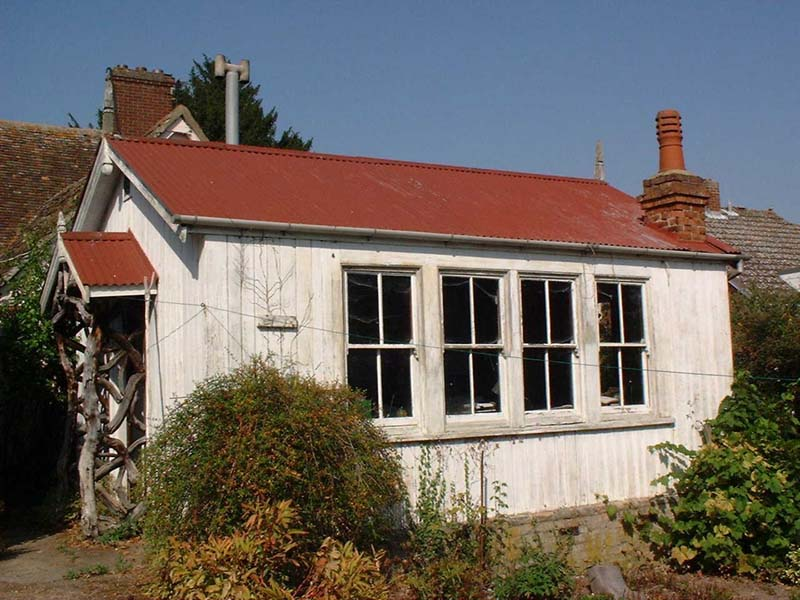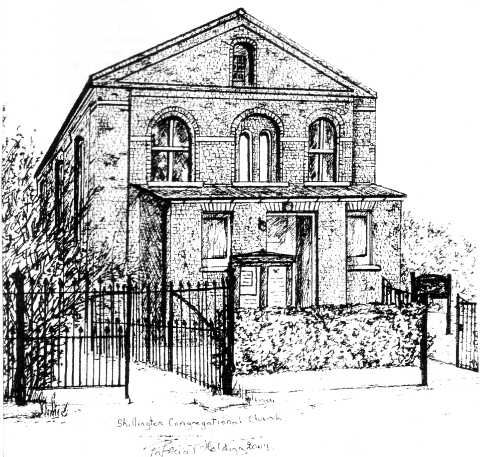
History

1825 - 2010
Our story so far....
The following information was compiled by Mr. Peter Stapleton. Mr. Stapleton has taken references from an old booklet entitled "The History of Shillington Congregational Church" which was written by Mr. H.W. Cooper, a former pastor of Shillington Congregational Church. Mr. Stapleton has also called upon elderly members of the church past and present for their assistance, and of course, he has added some of his own memories.
Revised November, 2010
Our Non-Conformist roots go back the Queen Street Congregational Church and Tilehouse Baptist Church - our sister churches in Hitchin. It was recorded in an early church book of Back Street Meeting House, Hitchin that several ineffectual efforts to introduce the gospel to Shillington were made, and I quote, "A Place Notorious for the Wickedness of its Inhabitants".
It was in 1825 that Rev. C. Stoper made an effort to evangelise the village. He hired a large room and preached once a fortnight on Sunday evenings, and on occasions during the week. The whereabouts of this hired room is not known for certain, but there is proof that an old barn in the grounds of the original Shillington Post Office opposite the Anglican Church was used for worship. The Rev. Stoper died shortly after staring this work, and was succeeded by the Rev John Wayne, who, it is recorded, found a large and attentive congregation at Shillington.
It was in 1837 that the first seeds to build this chapel were sown. A wealthy friend of the then minister, the Rev John Wayne, had a friend named James Daniel Morrel, who said he had a strong desire to reside in Shillington and build a chapel in which, I quote, "to labour for the good of souls". Unfortunately , James died at the age of 23, just after completing his academic course. After his death, two of his relatives, a Charles James Metcalf and his son, took an active interest in Shillington.
This support continued until 1839, when a committee of both the Beds. and Herts. Union of Churches was formed with the purpose of raising funds to build a chapel. A total of £520 was required to purchase the land and erect the building. The original building consisted of just the body of the church - no balcony, no porch, and no Sunday School room. These all came later.
The first foundation stone was laid by Charles James Metcalf on 23rd August 1840, and the building was opened on 25th November the same year. And so began the Union Chapel in Church Street in the year 1840.

